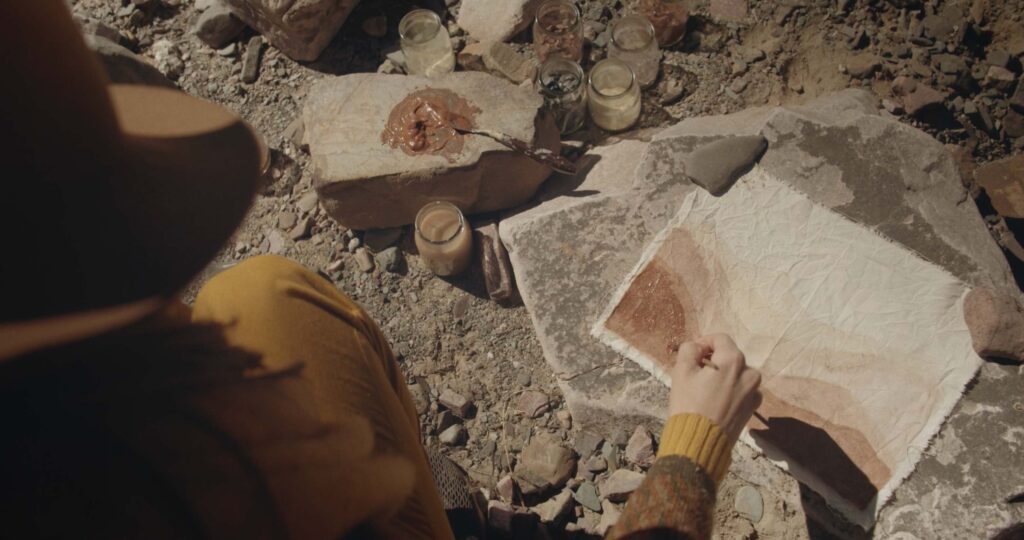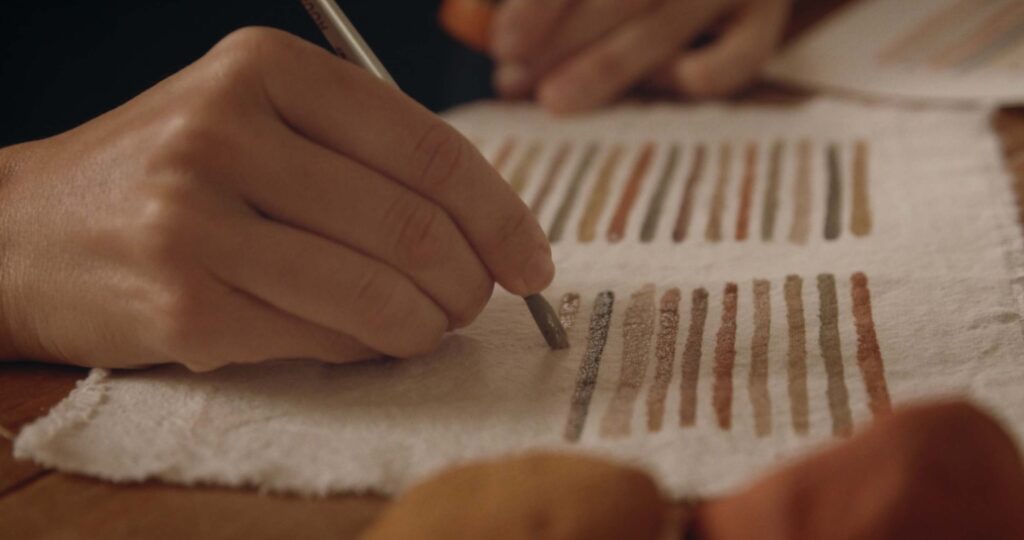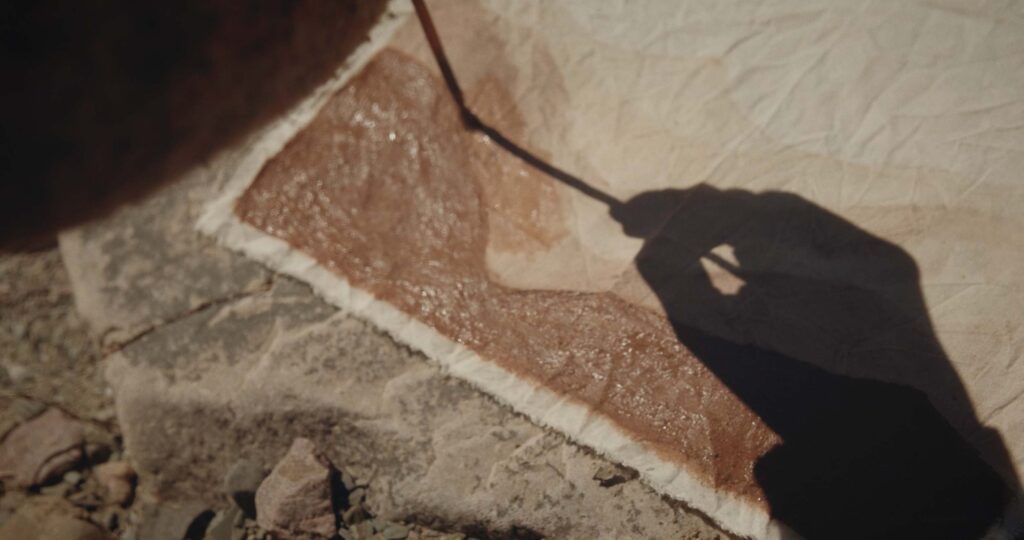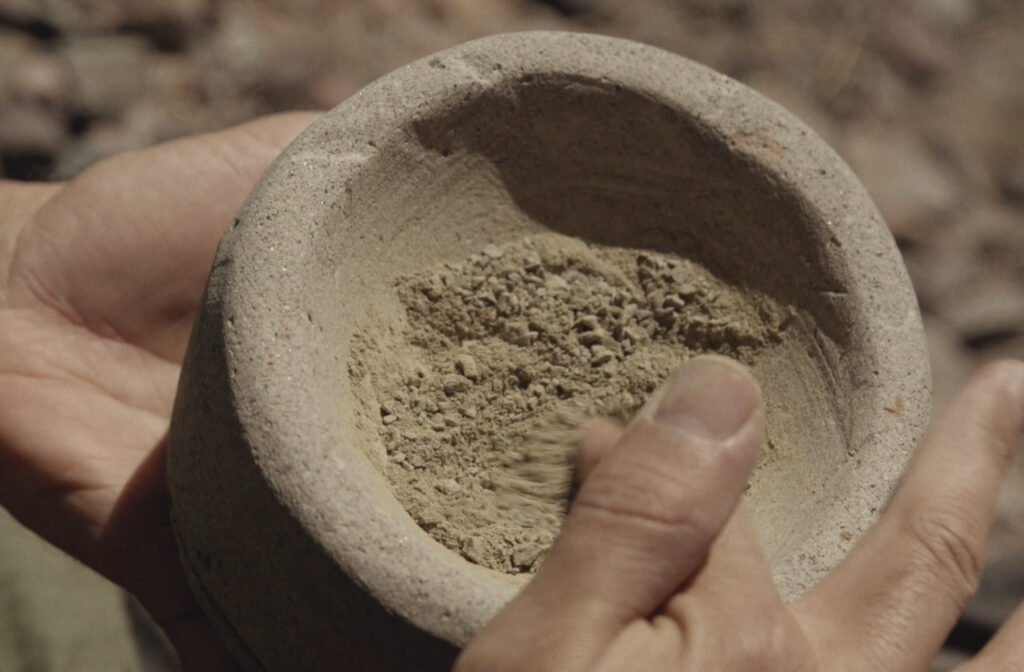# Tags
Experimental, Process, Watercolors, Natural Pigments, Documentary
My wife and I were living in Buenos Aires during the pandemic when we received an offer to look after a hotel that had no hosts due to restrictions on tourism. The hotel was located in Tilcara, part of La Quebrada de Humahuaca region, Jujuy province, Argentina (a region known for its colorful hills).
We saw this as an opportunity to develop a project based on creating our own watercolors from natural pigments and documenting the investigation’s process. We named it “Color Nativo” and later made it into a short film that was shown in cinema festivals and museums.






# Tags
Experimental, Process, Watercolors, Natural Pigments, Documentary
My wife and I were living in Buenos Aires during the pandemic when we received an offer to look after a hotel that had no hosts due to restrictions on tourism. The hotel was located in Tilcara, part of La Quebrada de Humahuaca region, Jujuy province, Argentina (a region known for its colorful hills).
We saw this as an opportunity to develop a project based on creating our own watercolors from natural pigments and documenting the investigation’s process. We named it “Color Nativo” and later made it into a short film that was shown in cinema festivals and museums.







# Tags
Experimental, Process, Watercolors, Natural Pigments, Documentary
My wife and I were living in Buenos Aires during the pandemic when we received an offer to look after a hotel that had no hosts due to restrictions on tourism. The hotel was located in Tilcara, part of La Quebrada de Humahuaca region, Jujuy province, Argentina (a region known for its colorful hills).
We saw this as an opportunity to develop a project based on creating our own watercolors from natural pigments and documenting the investigation’s process. We named it “Color Nativo” and later made it into a short film that was shown in cinema festivals and museums.
#Tags
Nature, Paintings, Large Format
This project began years ago in Oaxaca (MEX) as a series of block prints made using real shadows and sunlight. It wasn’t easy to find green shadows in a region where the cutting down of trees was not regulated. This was the trigger I needed to start working for this cause.
The highest rates of deforestation are seen in developing countries where Foundation Reforestemos is working with communities to stop the clearing of forests. More Green Shadows Project consists of making a contribution from sales. With each painting sold, buyers will be donating 30 trees for reforestation and conservation of native forests, mainly located in South America.
Trees are an incredible natural technology, absorbing CO2 from the air and transforming it into O2. A single mature tree can take in about 50 pounds of carbon dioxide per year. To compensate 1 tonne of CO2, 31 to 46 trees are needed.
This is only the beginning!




